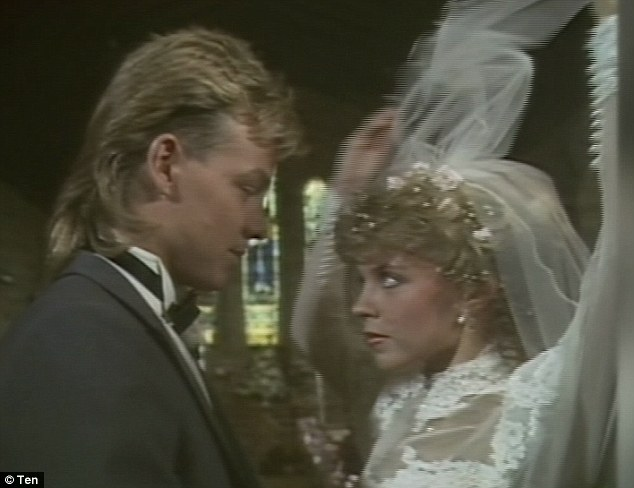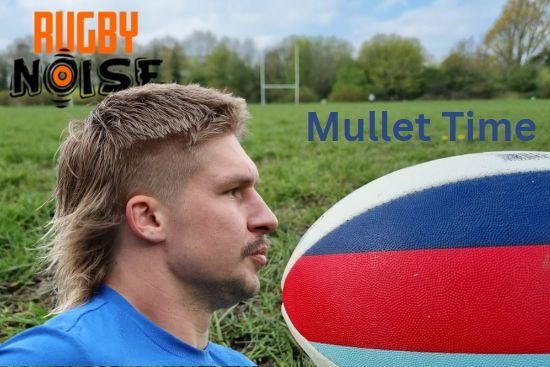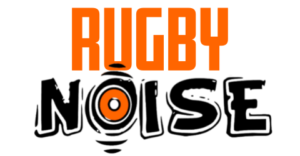If you have watched any rugby lately, you might have noticed a lot more mullets on the rugby pitch. The mullet seems to be particularly popular with rugby players, so why is that the case?
Why do rugby players have mullets? Mullets became particularly popular in Australia and New Zealand, where rugby is very popular. This meant mullets became popular for rugby players all over the world.

Mullets became popular in Australia and New Zealand in the 1980s.It became incredibly popular for young men. Due to this, they started to emigrate into rugby because the sport is incredibly popular in Australia and New Zealand. Eventually, players from Europe and South Africa also started to wear the mullet a lot more and it has now become part of rugby.
The mullet gives no on field advantage to any player. Most rugby players just like the style, and it is commonly seen in professional rugby. There is no reason to explain why the hairstyle originally became popular in New Zealand and Australia, but the origin of the style is why it is so common in rugby.
Famous Rugby players with Mullets
Seeing as the hairstyle is incredibly popular in the sport, there are many different examples of famous rugby players who have rocked the mullet before.
Jack Goodhue
Jack Goodhue is a great example of a rugby player who became famous for their mullet. Goodhue broke into the New Zealand and Crusaders team in 2017. He became famous for his long flowing blonde locks, with some people considering him to have the best mullet in the world.

Sadly, for rugby fans, Goodhue cut the mullet off in 2020, which was the same year that he last played for New Zealand. Fans were truly heartbroken to see Goodhue getting rid of the mullet that had helped to make him famous.
Nic Dolly
Young English forward Nic Dolly has one of the best mullets in English rugby. The Leicester hooker has been referred to as “The Human Mullet” due to his brilliant blonde mullet. Dolly broke into the England team in 2021, the same year that he broke into the Tigers team.
It is likely that Dolly has had that mullet for quite a few years now as he grew up in Australia. Dolly is eligible to play rugby for England through his English mother.
Tom Dunn
Bath captain Tom Dunn has one of the most unique mullets in world rugby. The 30-year-old has developed the mullet over the last few years, but with his own special take on it.
Dunn is pretty much bald on the top of his head, but he has long flowing locks at the back. You can always spot Tom Dunn on the pitch as there is no one else with that style of haircut.
Why do rugby players have big legs?
If you have ever watched rugby before, you might notice that a lot of the players are very muscular. Particularly when you compare rugby players to football players, you notice that they have much bigger legs. So why is this?

Rugby players need more power in their legs, particularly the forwards. More power means having more muscle on their legs, which is why rugby players have big legs. They need that muscle for various roles in rugby.
The forwards will have quite big legs because they need to be incredibly strong and powerful. The forwards need to push with a lot of power in the scrum. The stronger scrum out of the two teams will often win penalties and turnovers thanks to having more power.
Having a stronger scrum is a huge advantage in a rugby game and so forwards need to be powerful, with most of that coming from the legs. But it is not just in the scrum that rugby players need to have a lot of power. Being able to break through tackles and run fast is crucial for all rugby players.
Having strong and powerful legs means you can run through tackles easier, as your legs have more drive. So, rugby players need to develop big legs so that they can handle to big hits and keep moving forwards.
Why do rugby players have bad ears?
One of the things that is very noticeable about a rugby player is the state of their ears. Rugby players will often have swollen and deformed ears, even after they have finished playing. So why is this the case?
Rugby players usually have something called cauliflower ears. This is when a rugby player’s ears swell up due to blunt trauma. This blunt trauma either causes fluid build up in the ear, or blood clots to form in the ear. If this is not drained quickly, it will harden and then it becomes permanent.
This is why you will also see retired rugby players have bad ears. If not treated properly, cauliflower ears can become permanent. This is part of the reason why a lot of rugby players are starting to wear scrum caps. Scrum caps reduce the amount of trauma that the ear goes through and therefore reduces the likelihood of cauliflower ears forming.
Why do rugby players have thick necks?
Particularly if you look at the front row of a rugby team, you will notice quickly that they usually have put their necks through a lot which causes their necks to get more muscular.
Being in the scrum puts a lot of pressure on the neck because of the low position the players are in. This is particularly true for the front row players, considering the driving force that is behind the props and the hooker. This intense pressure will cause rugby player’s necks to grow. The impact of tackling and rucking will also develop the muscles around the neck.
Considering how important the neck is to rugby players, they also do some specific weight training aimed at getting a thicker neck. Neck injuries are common in rugby, so players will ty to strengthen their neck by making it wider, in a hope that it makes them less likely to be injured.
